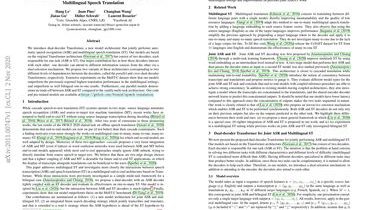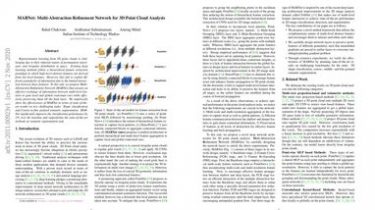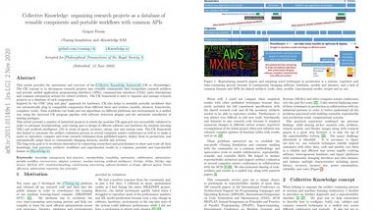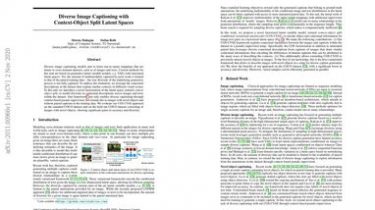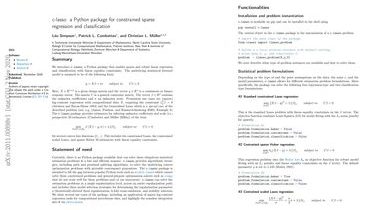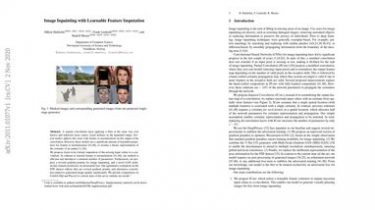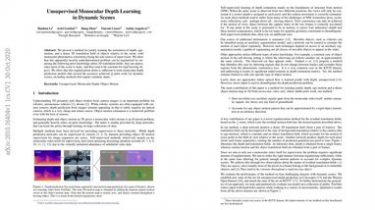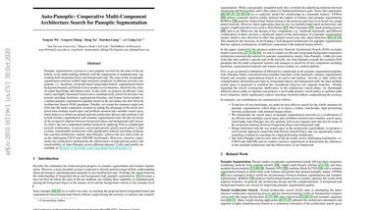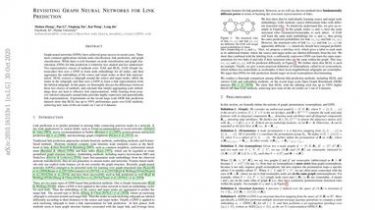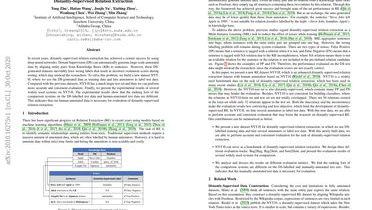Dual-decoder Transformer for Joint Automatic Speech Recognition and Multilingual Speech Translation
We introduce dual-decoder Transformer, a new model architecture that jointly performs automatic speech recognition (ASR) and multilingual speech translation (ST). Our models are based on the original Transformer architecture (Vaswani et al., 2017) but consist of two decoders, each responsible for one task (ASR or ST)… Our major contribution lies in how these decoders interact with each other: one decoder can attend to different information sources from the other via a dual-attention mechanism. We propose two variants of these architectures […]
Read more